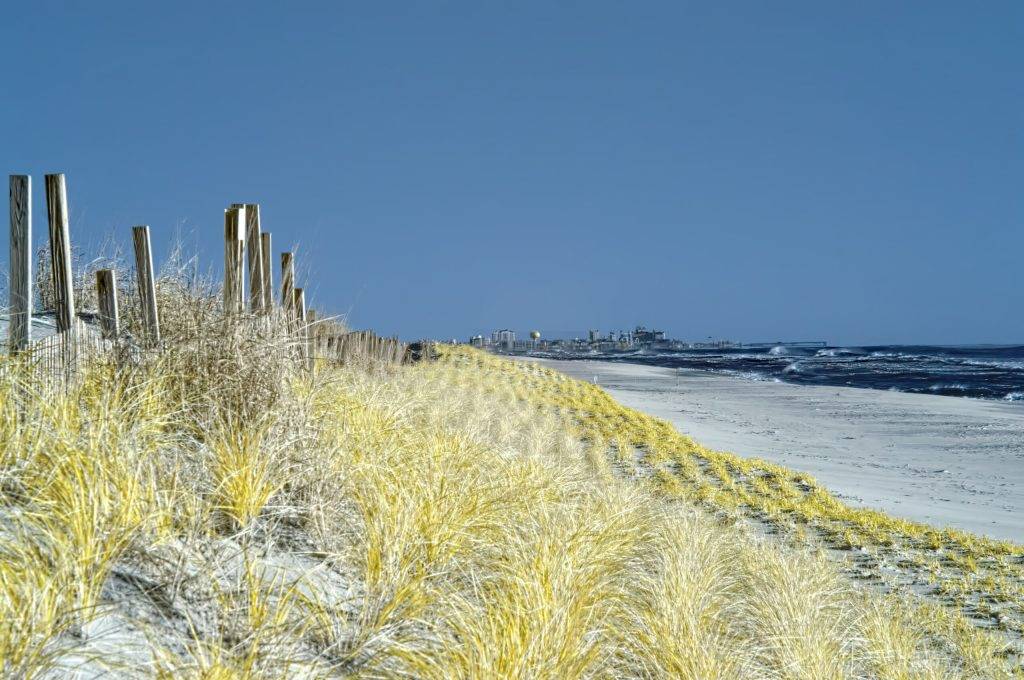 What is coastal resiliency? As engineers and scientists who work in a dynamic coastal environment, this is an important question we must ask ourselves. Coastal resiliency has many definitions, because it applies to not only engineering, but to the environmental, social and economic aspects. In short, resiliency can be summed up as the ability to recover, or bounce back, after a disturbance or an outside disaster. This concept, however, can be expanded into four areas of focus: prepare, resist, recover and adapt. In engineering, we often think of coastal resiliency as designing structures to withstand hurricanes. But we must broaden our scope to include these other elements of resiliency.
What is coastal resiliency? As engineers and scientists who work in a dynamic coastal environment, this is an important question we must ask ourselves. Coastal resiliency has many definitions, because it applies to not only engineering, but to the environmental, social and economic aspects. In short, resiliency can be summed up as the ability to recover, or bounce back, after a disturbance or an outside disaster. This concept, however, can be expanded into four areas of focus: prepare, resist, recover and adapt. In engineering, we often think of coastal resiliency as designing structures to withstand hurricanes. But we must broaden our scope to include these other elements of resiliency.
Prepare
What are we trying to protect, and what are we trying to protect it from? In Texas, hurricanes are the biggest threat to our coastal communities and industries. However, resiliency can and should be approached differently when you compare the eroding beaches and fortified shoreline of Galveston to the accreting natural shoreline of Corpus Christi. In Florida, a combination of high tides and rising sea levels threaten communities by pushing tidal water into drainage systems, causing inland flooding. Those on the middle and upper East Coast face threats from nor’easters and winter storms. Whether we are working to serve residential communities, commercial developments or industrial sites, the importance of preparation does not change. Preparing for coastal resiliency means analyzing all these factors in their current states and anticipating for climate change and sea level rise to fully understand the unique needs of each coastal project.
Resist
What does resistance look like for your project? Is it a shoreline fortified with seawalls and rip-rap to withstand a storm, or could we provide a coastal community with hurricane protection through periodic beach and dune nourishment? Beach and dune nourishment addresses the environmental, social and economic aspects of resiliency by providing increased storm protection while enhancing recreation and coastal habitats. If a bulkhead experiences frequent overwashing during king tides and high-wind events, can a breakwater be used to reduce wave action enough to prevent inland retreat? The best resistance comes from ample preparation.
Recover
If we look at recovery through the lens of coastal resiliency, we might instantly think of rebuilding in the aftermath of a hurricane. While this is essentially what this phase represents, Hanson understands the importance of prioritizing efforts during recovery. For example, a compromised bulkhead will most likely need to be repaired sooner than damage sustained to a community park. Understanding your priorities during this phase will lead to a quicker rebound and may present opportunities for Hanson to better serve you.
Adapt
How did our project resist the disturbance or disaster? What worked, and what needs to change? Analyzing the success of our projects after they have resisted a disturbance will help better prepare for the next. This adapt stage rolls back into the prepare phase, taking what we have learned during one event to plan for the future.
Coastal resiliency is an ongoing, ever-evolving practice. As our coastlines continue to change in the face of sea-level rise and increased storm intensity, it is our job at Hanson to continually improve to better serve you, our clients.
For more information, contact Tony Comerio at tcomerio@hanson-inc.com.